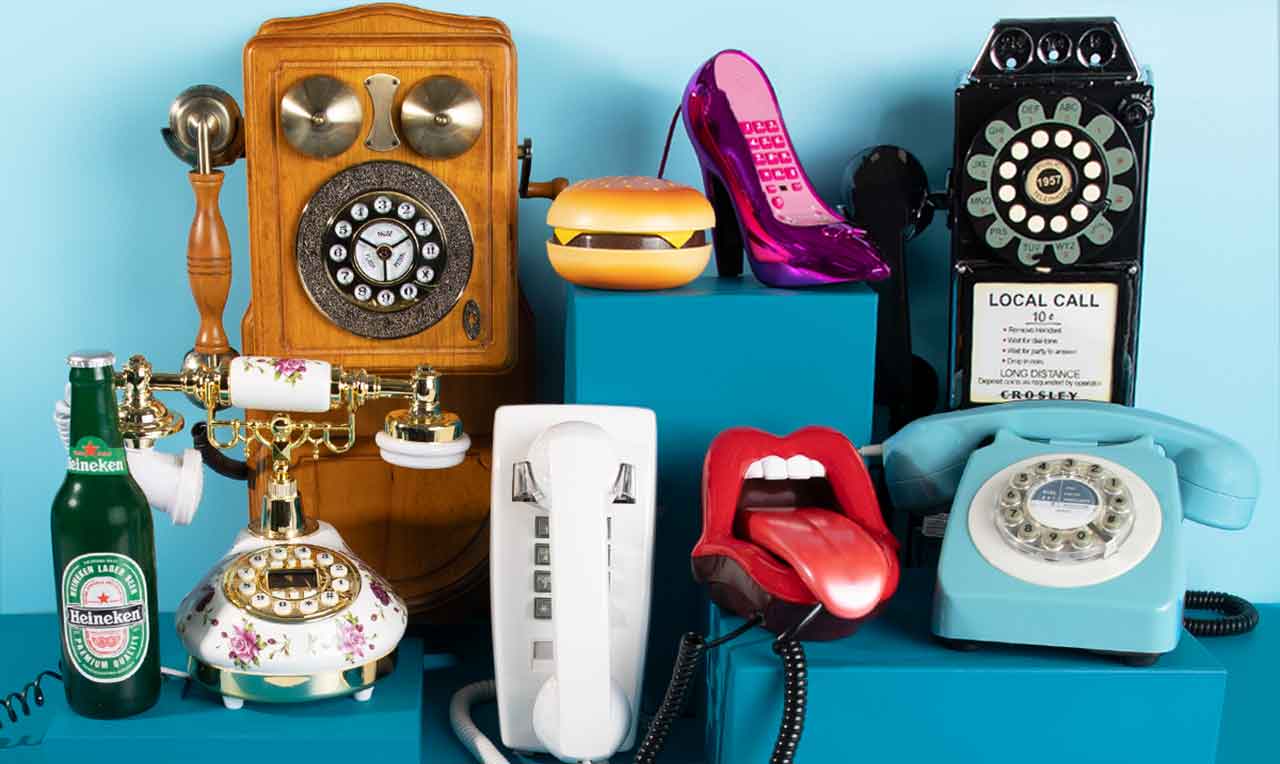Cord cutting: Cut cable TV & keep your phone number

Blame it on Baby Yoda. The huge audiences for streaming shows such as “The Mandalorian” on Disney+, “The Bear” on Hulu, “Reacher” on Prime Video and “Bridgerton” on Netflix have convinced millions of Americans to “cut the cord” by cancelling traditional cable and satellite TV services.
Why cord cutting could be right for you
According to Multichannel News, 2023 was an especially bad year for cable, satellite and telco distributors—they lost 11.7 percent of their pay TV subscribers.
Insider Intelligence, a research and data firm, predicted in late 2023 that by the end of the year, the number of U.S. pay TV customers would decline to 121.1 million, while the number for those without a traditional cable or satellite bundle of channels would rise to 144.1 million. Their 2027 prediction is that the number of non-pay-TV consumers, composed of both cord cutters and those who never had cords, will soar to 182.4 million, almost double the 91.3 million forecasted for cable TV subscribers.
If you’re considering cutting cable TV and making the switch to streaming TV services, you’ll clearly be joining the vast majority. The major advantages include:
- Cost savings
- On-demand programs to watch when you want
- No long-term contracts
What are the alternatives to cable TV?
Subscribe to a streaming service. There are literally hundreds of streaming services and their offerings range from live TV newscasts and sporting events, to old and newly released movies, to programming for children, to documentaries and reality TV shows. You name it and there is probably a service to fill that niche. The hard part will be keeping your number of subscriptions to a manageable level if saving money is your main motivation for cutting cable TV. Conduct an inventory of the programming you want and research which streaming services carry those shows.
Check out your library’s offerings. Cardholders at most public and academic libraries now have access to free streaming services, such as Kanopy and Hoopla. Go to your library’s website to learn more. If streaming isn’t for you, search your library’s collection of DVDs and reminisce about the olden days of walking down the video store aisles.
Get an HD TV antenna. Do you live near a city with local TV stations? Then consider buying a digital antenna to pick up live TV channels. Digital antennae come in several varieties, and they are all a big upgrade from the foil-wrapped rabbit ears that sat on your granddad’s TV. You have a wide range of relatively inexpensive options: indoor and outdoor models, single or multi-directional antennae, and some are so thin they can hide behind your flat screen TV or sofa.
Considerations for cutting the cord
Before deciding how to cut the cable cord, here are a few things to be aware of:
Make sure you have fast and reliable internet to avoid poor video quality. Nothing is more frustrating than waiting for a movie to load and having it finally start and stop in spits and spurts as it spools. Bandwidth requirements vary, but your internet provider should be able to help you determine if you have the right internet plan or if you need to get a faster one.
Consider the consequences of unbundling. There’s a big “gotcha” facing many families eager to cut the cord. Pay TV providers have for years pushed bundles of services on their customers—“double play,” “triple play,” and even “quad play” packages that may include internet data, mobile phones, home security and home phone.
If your internet is currently part of your cable TV bundle, your monthly rate for the internet alone will likely increase when you cut the cable. Don’t worry too much about that because the price of the stand-alone internet service plus a few monthly streaming services will still probably be cheaper than the cable TV bundle monthly costs. If not, you have alternatives—namely 5G wireless and satellite home internet service.
The good news is you can keep your phone number. The U.S. Telecommunications Act of 1996 mandates that consumers can transfer their phone number if they switch service providers and remain in the same geographic area.
Home phone services, such as Ooma, offer a feature called “porting,” where your home phone number can be transferred from your pay TV service to your new phone service provider.
With Ooma, you’re sure to save money because phone service is free. You only pay the applicable monthly taxes and fees (varies by location and is generally between $6 and $9). Ooma Premier adds only $9.99 a month and includes a free second number, voice messages forwarded to email and customizable robocall blocking. Ooma home phone service requires an Ooma Telo base station for a one-time cost of $129.99 or less to connect to your internet router. Tip: If you have T-Mobile 5G wireless home internet service, you can sign up for Ooma Premier service and get an Ooma Telo Air free.*
When you’re making the switch, just be sure you don’t shut off your current pay TV account until the porting process is completed and your home phone number works with your new internet-based service.
Beyond the comfort of keeping a home number that you may have shared widely with family, friends and local businesses, Ooma provides the crucial safety feature of local 911.
Every minute counts in an emergency. Mobile phones typically connect to regional call centers, where operators don’t know your location. Ooma’s home phone service provides E911, connecting you immediately to first responders in your area and displaying your home address on their screens.** This means you can get help even if you can’t speak, or if the call is being made by someone such as a babysitter or housekeeper who doesn’t know your address.
In short, cutting the cord doesn’t have to mean cutting yourself off from the comfort and security that you get from home phone service.
As Baby Yoda has (never) said, “May the phone be with you!”
*Prices, fees and offers are subject to change.
**E911 availability depends on the E911 capability of the applicable 911 call center and that customers keep their addresses updated so the correct address is provided for E911.



